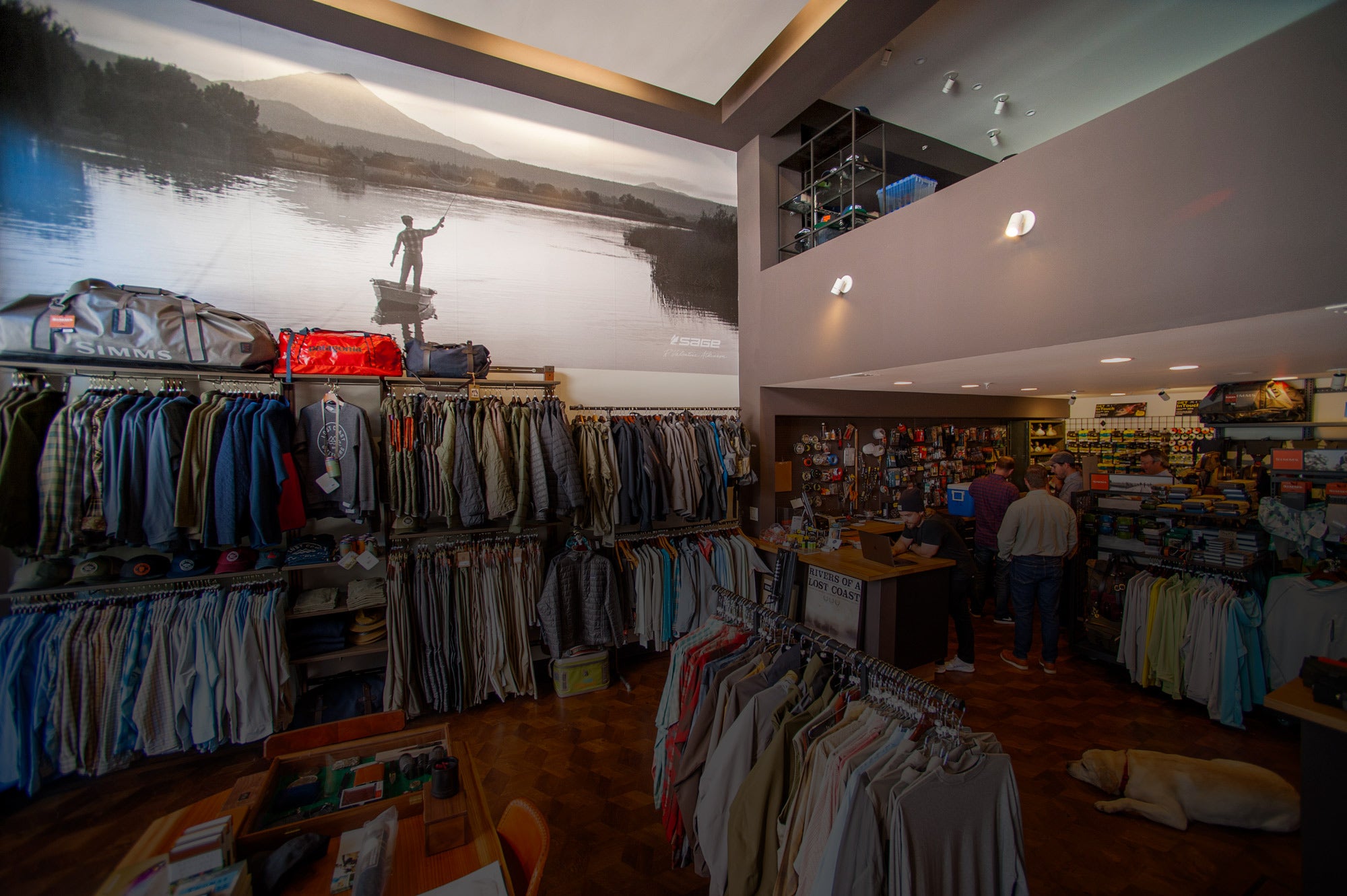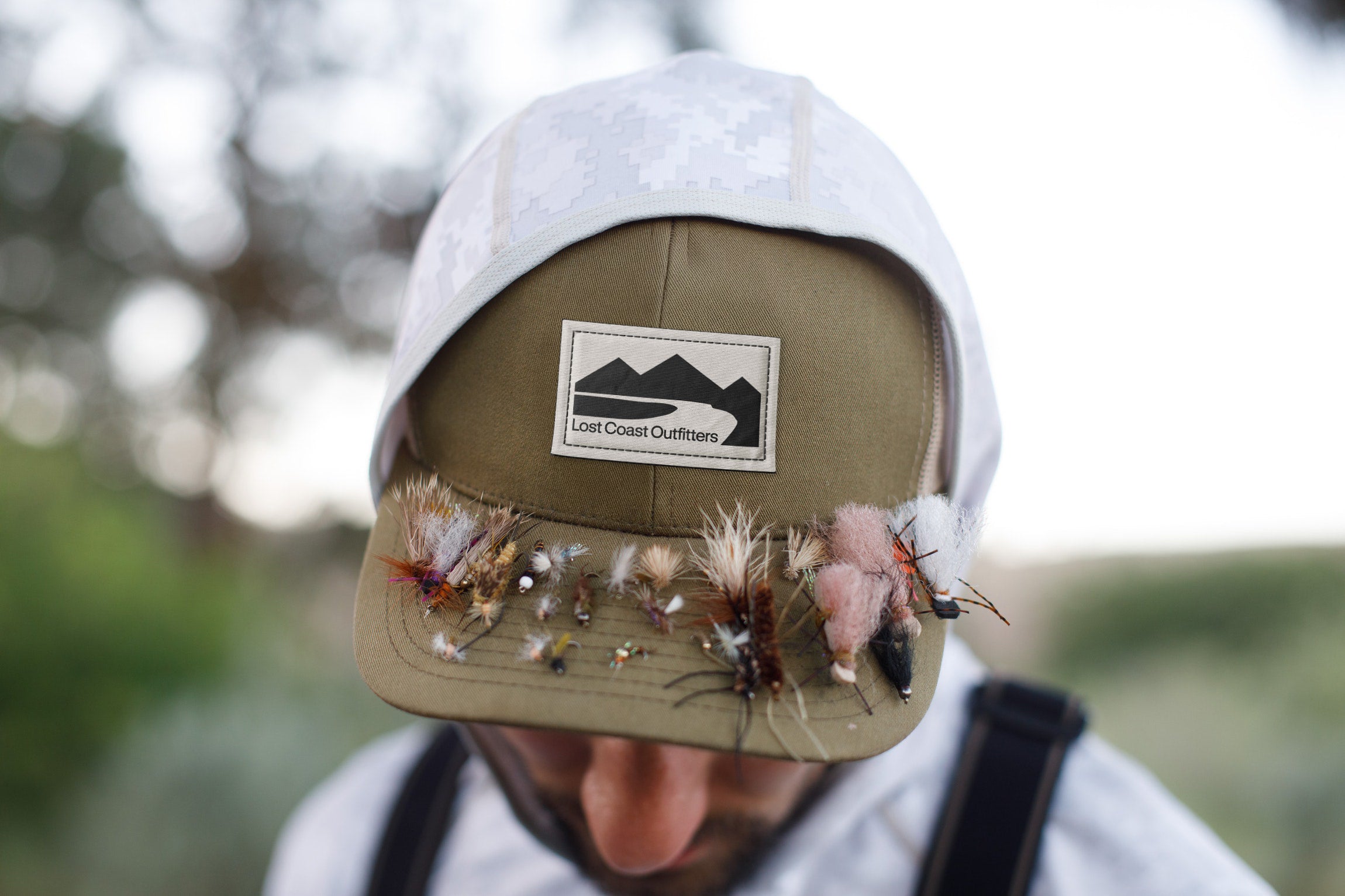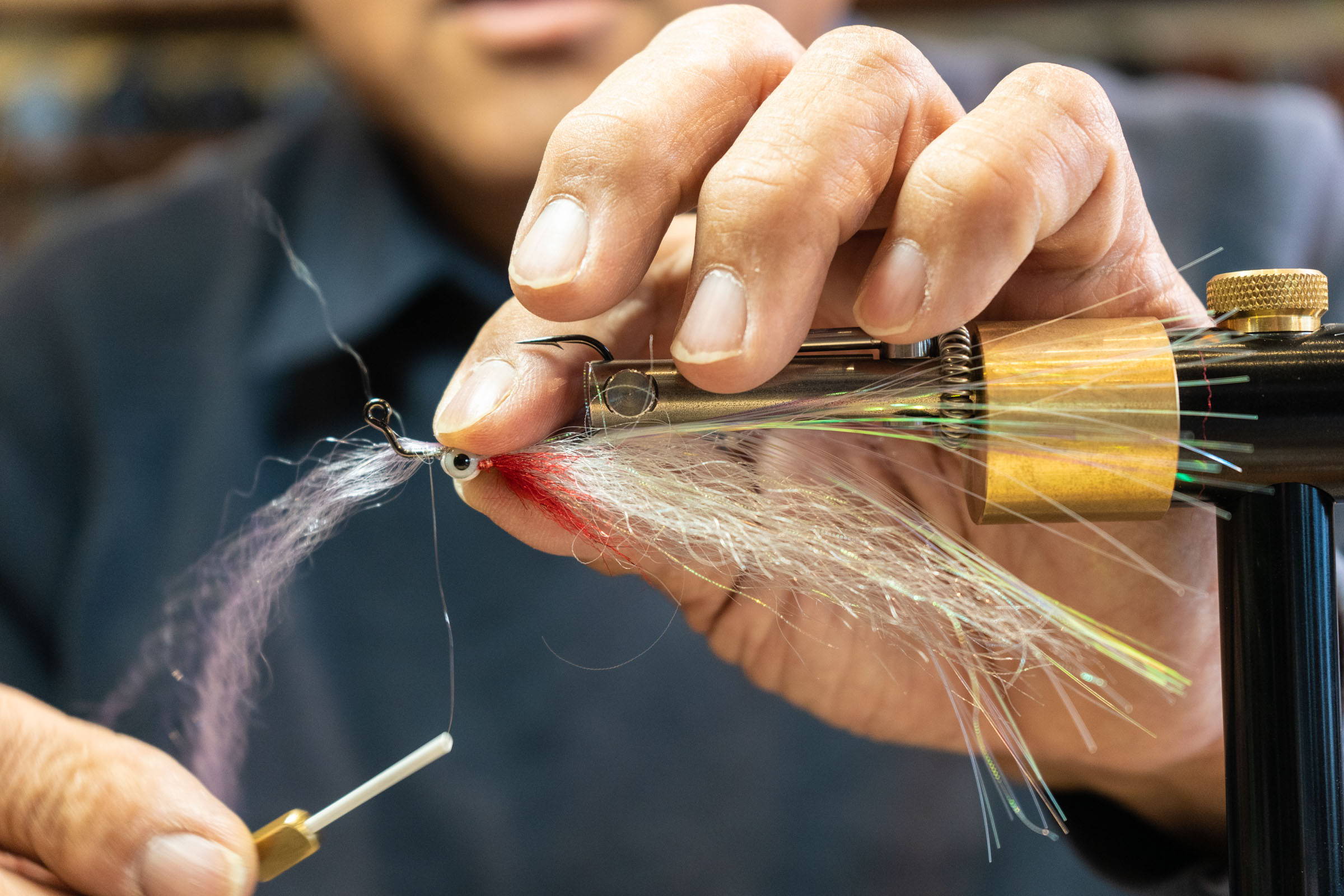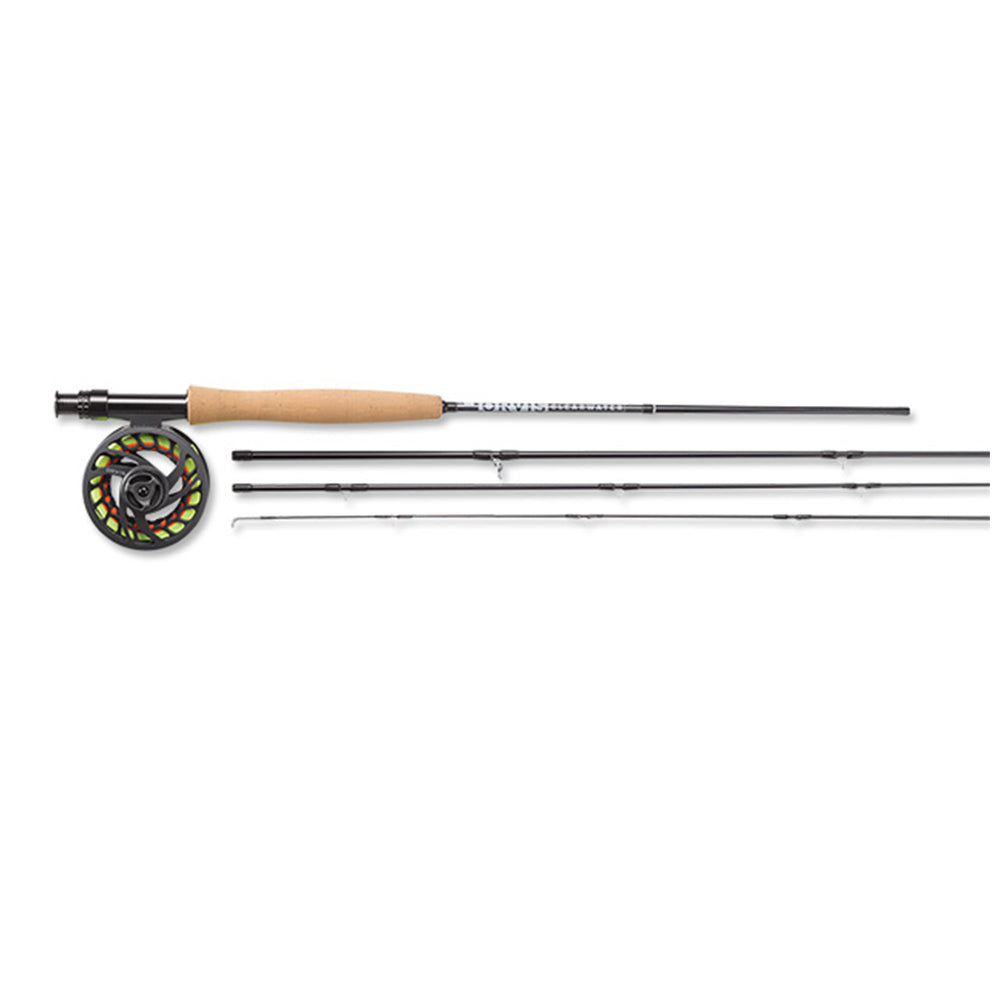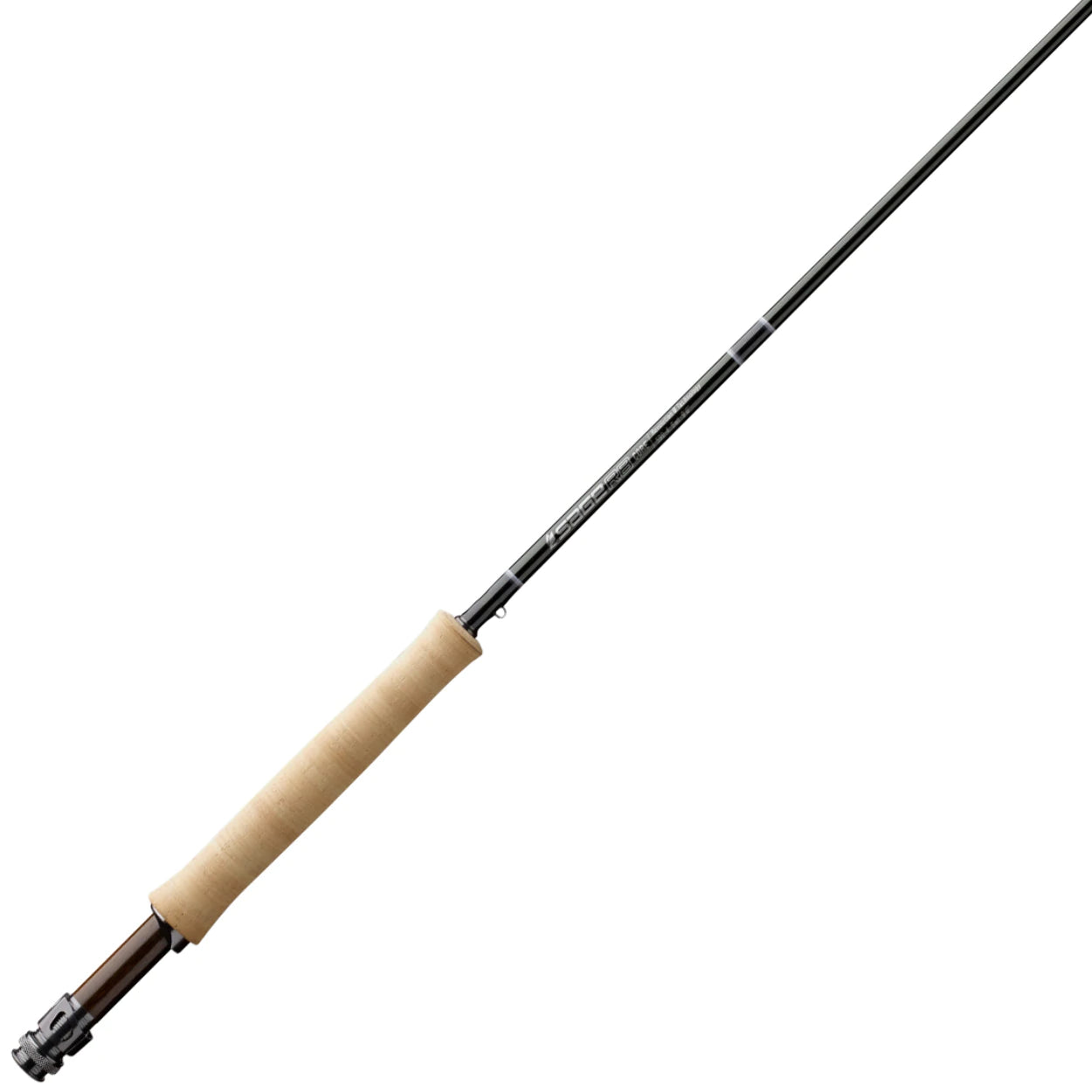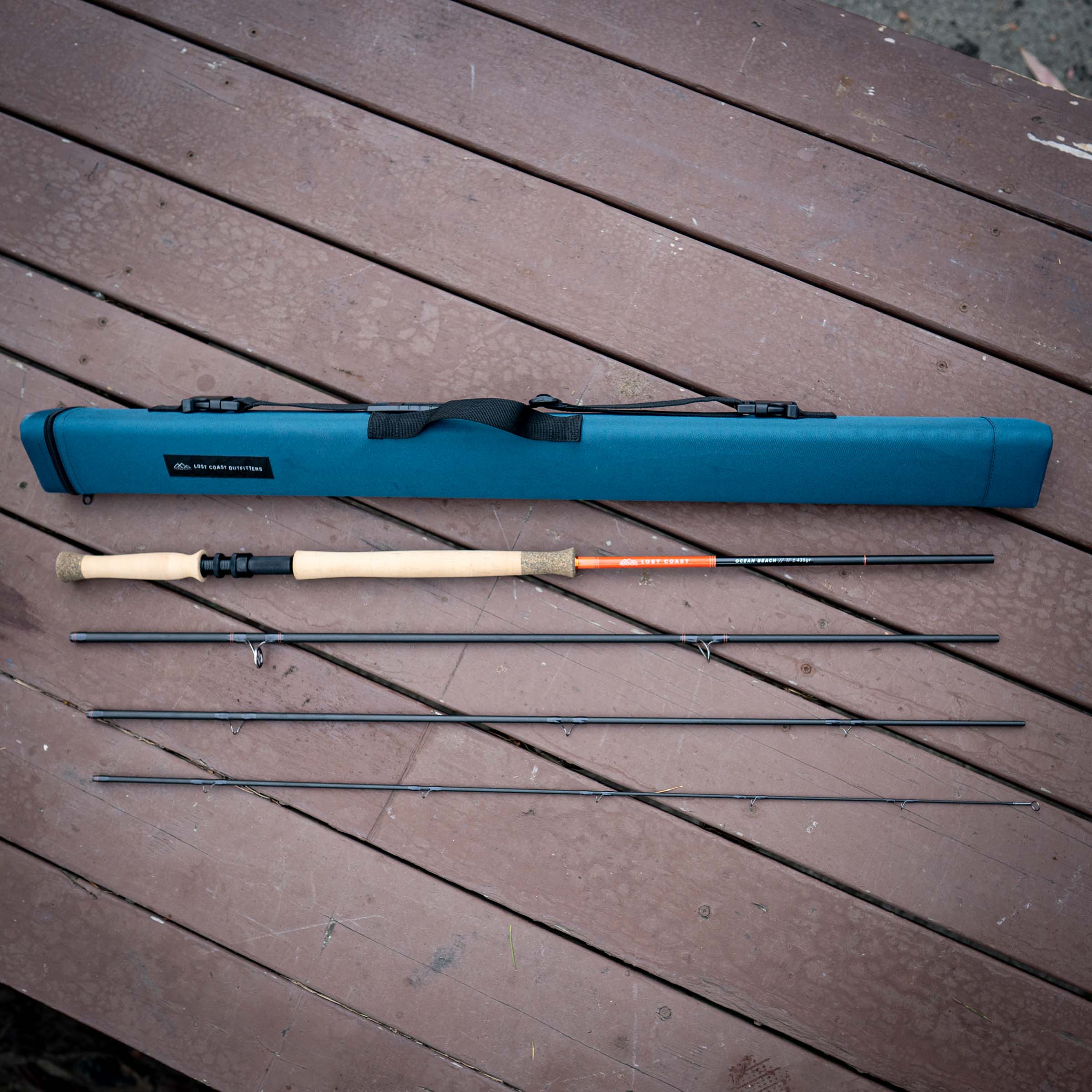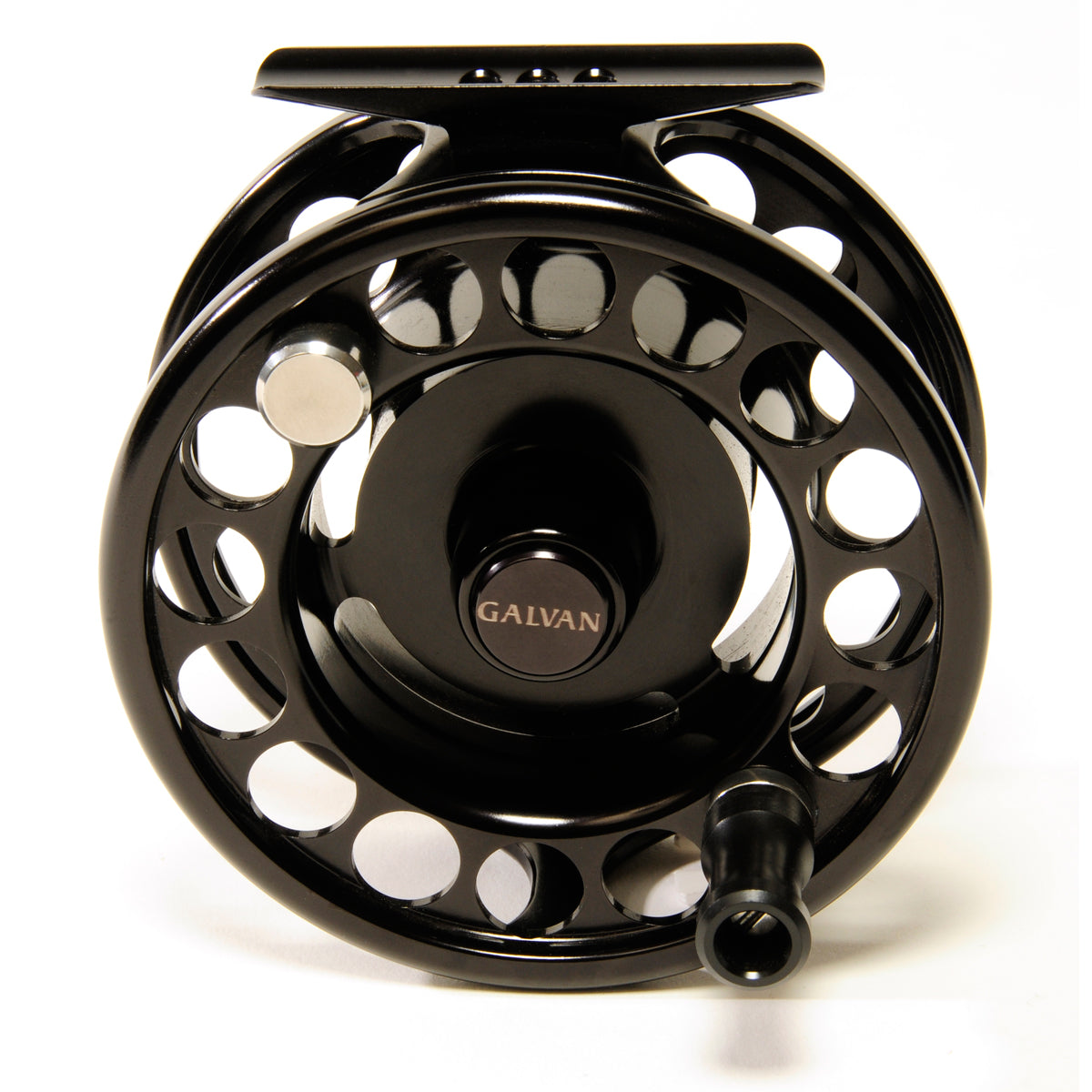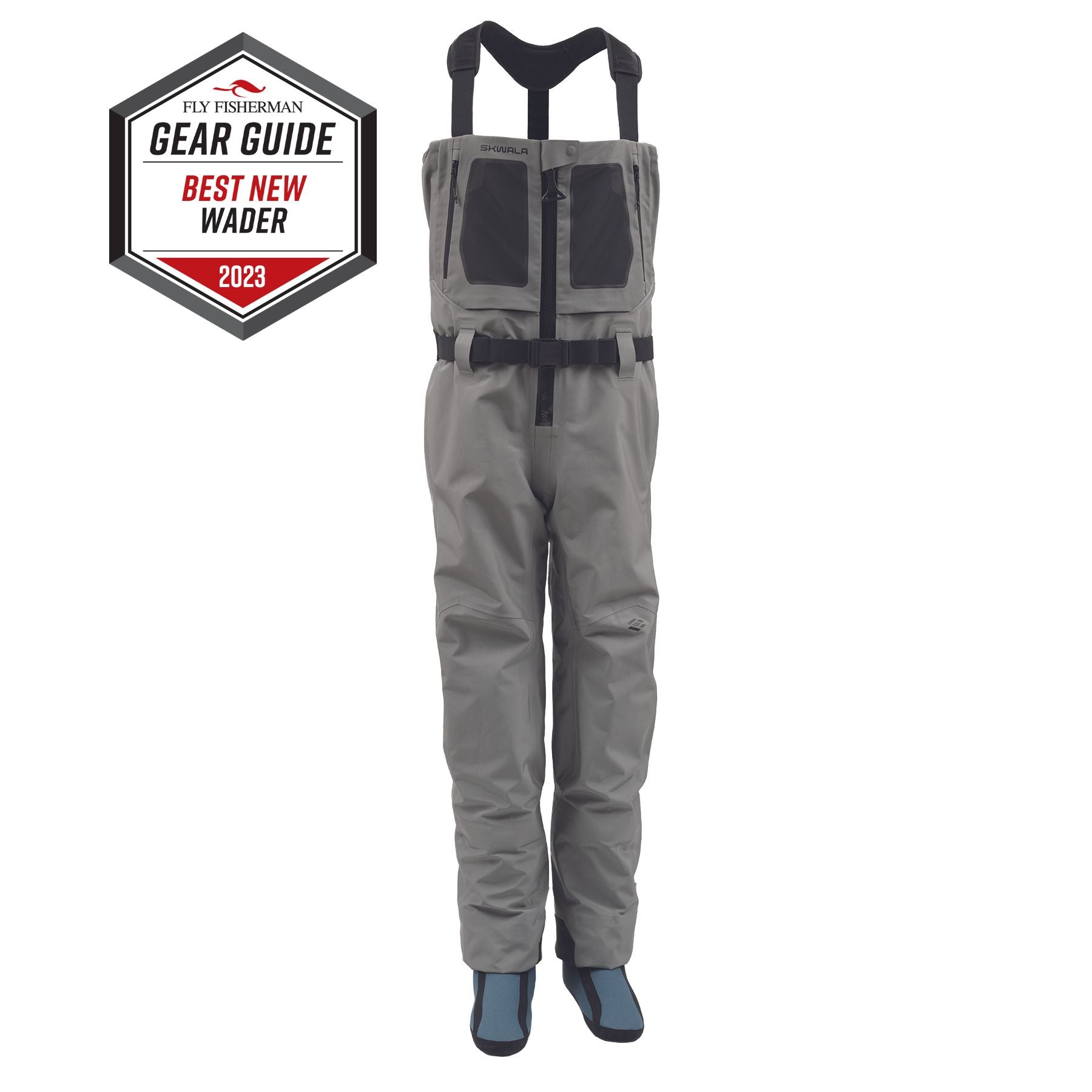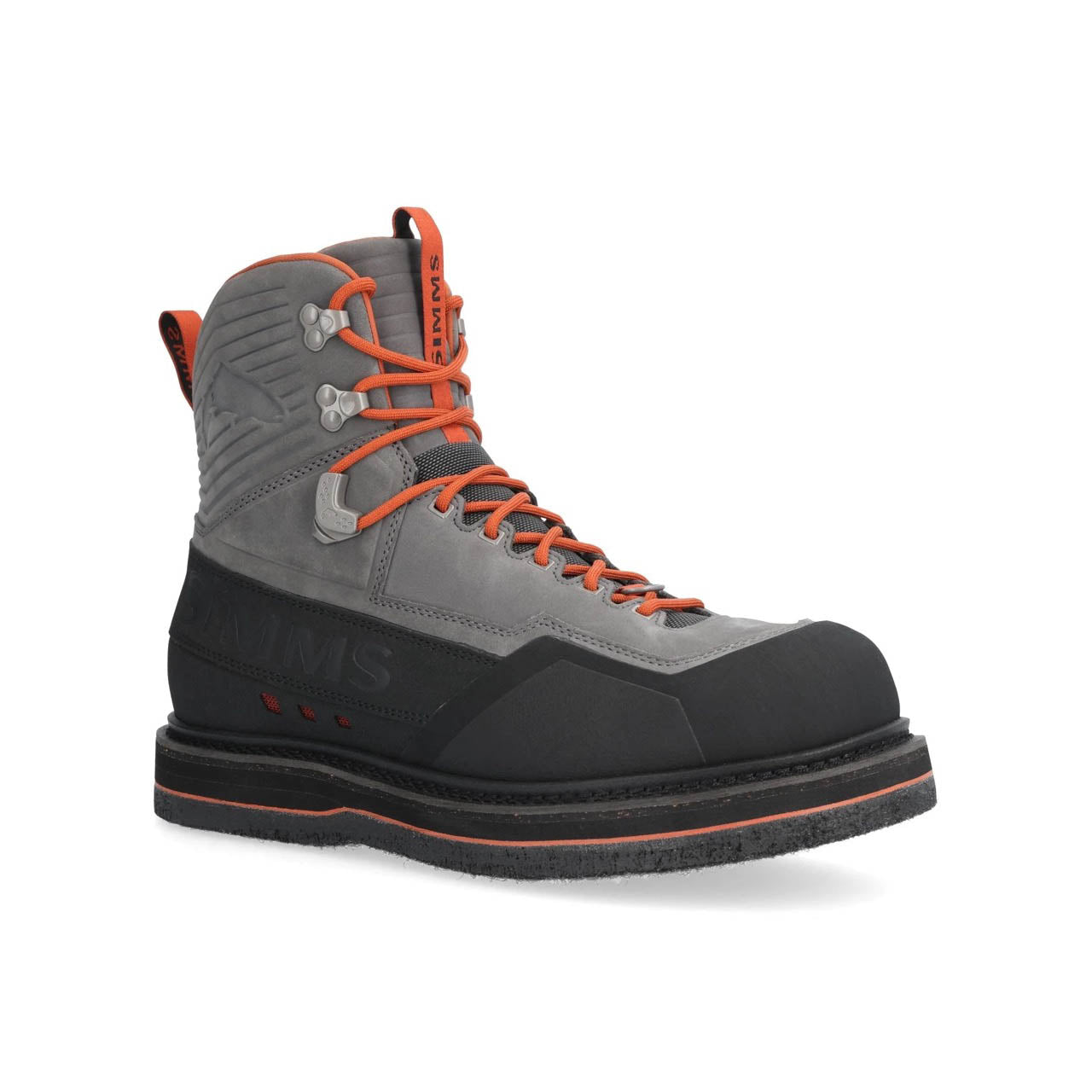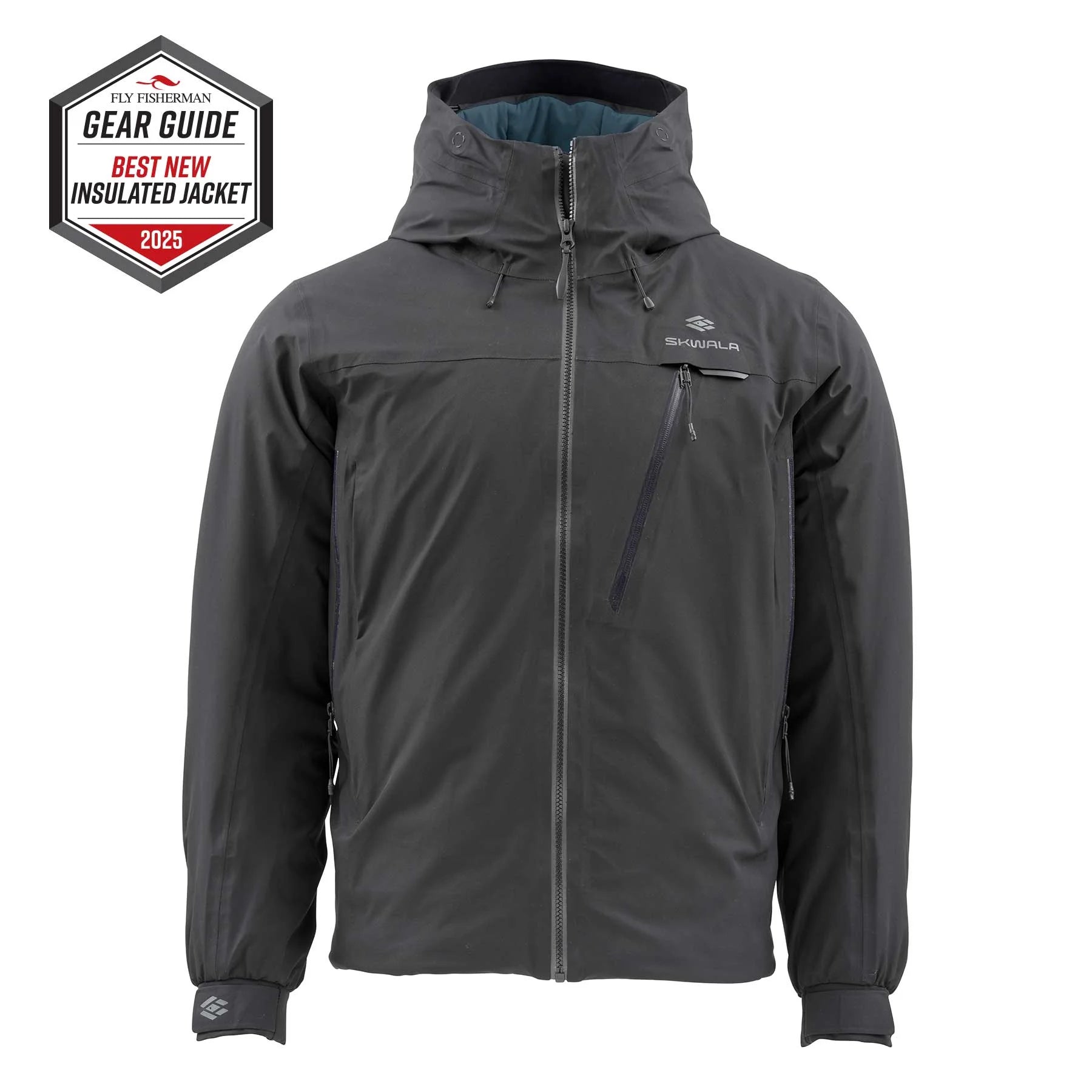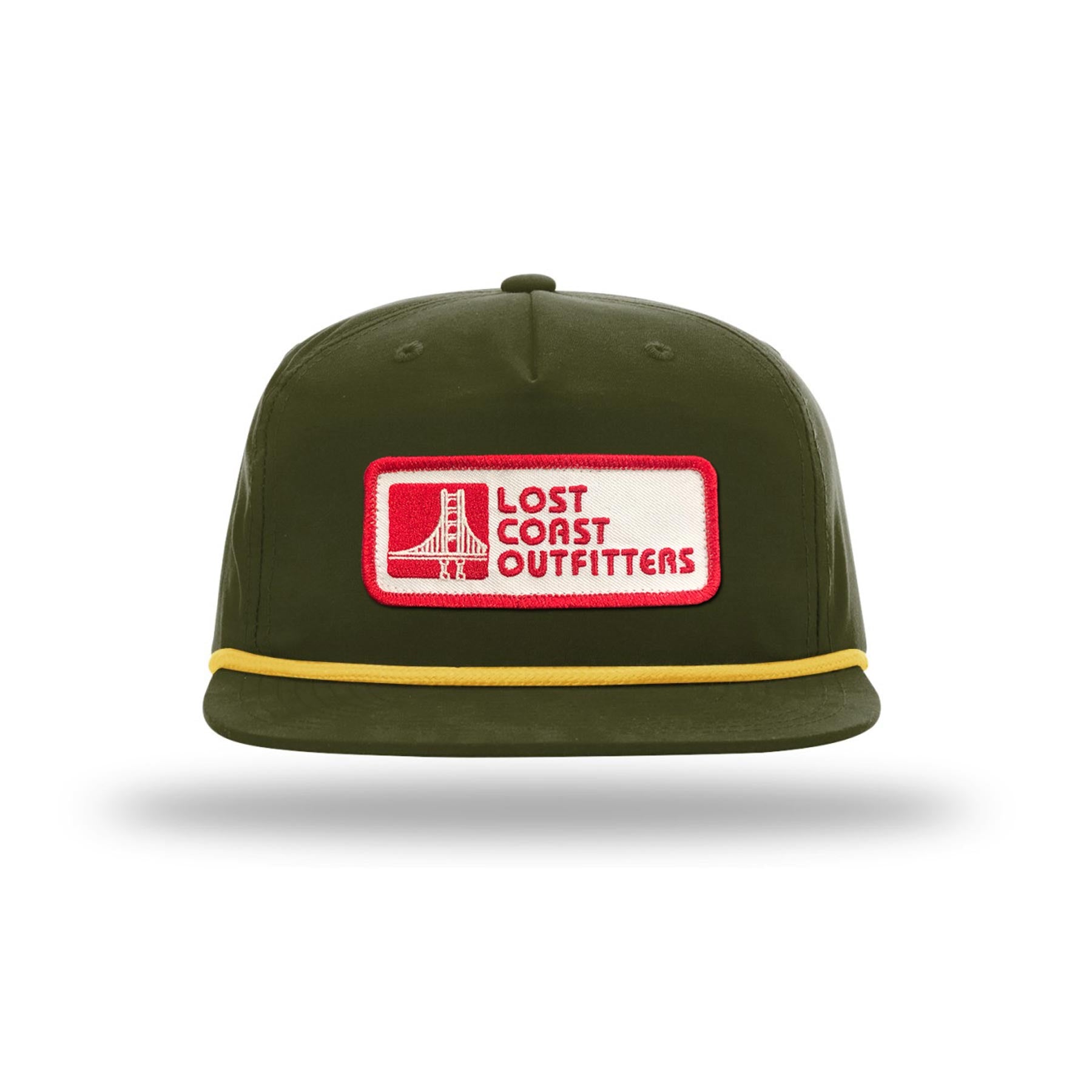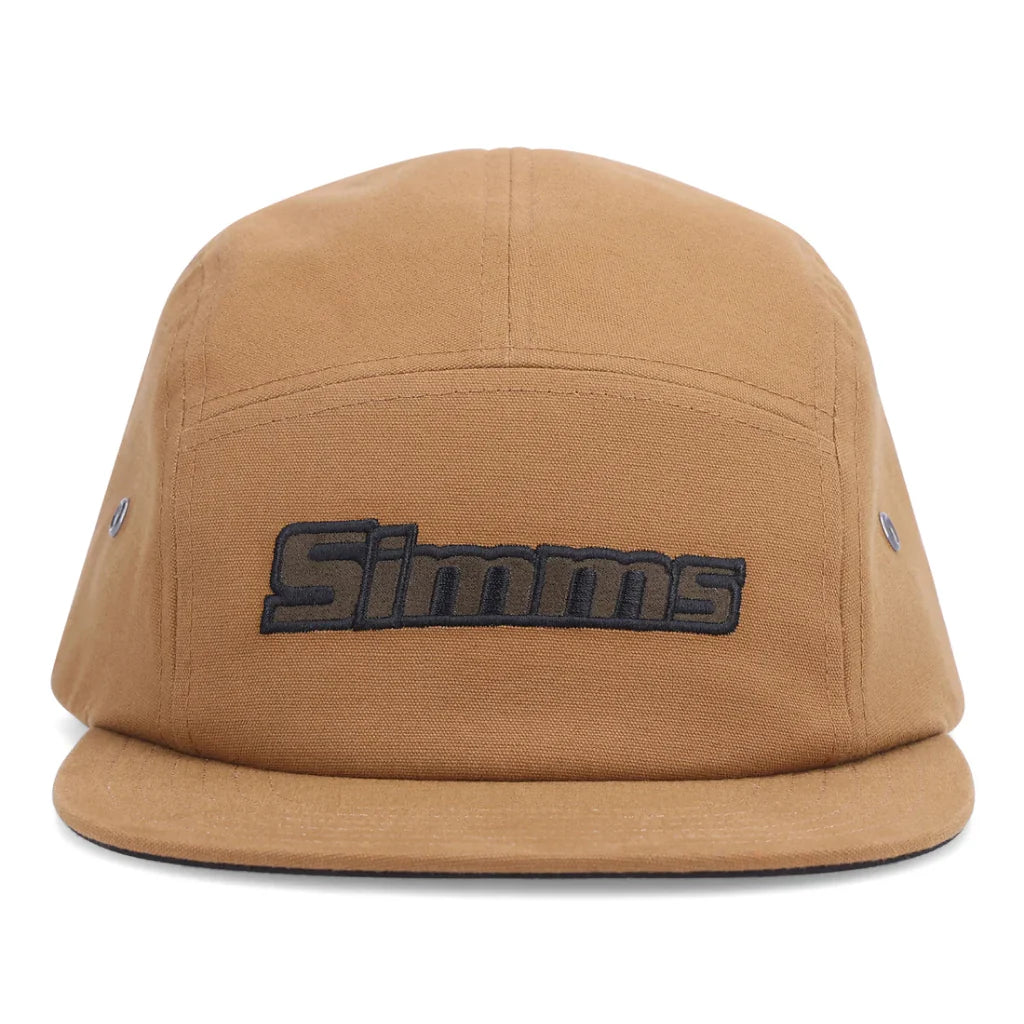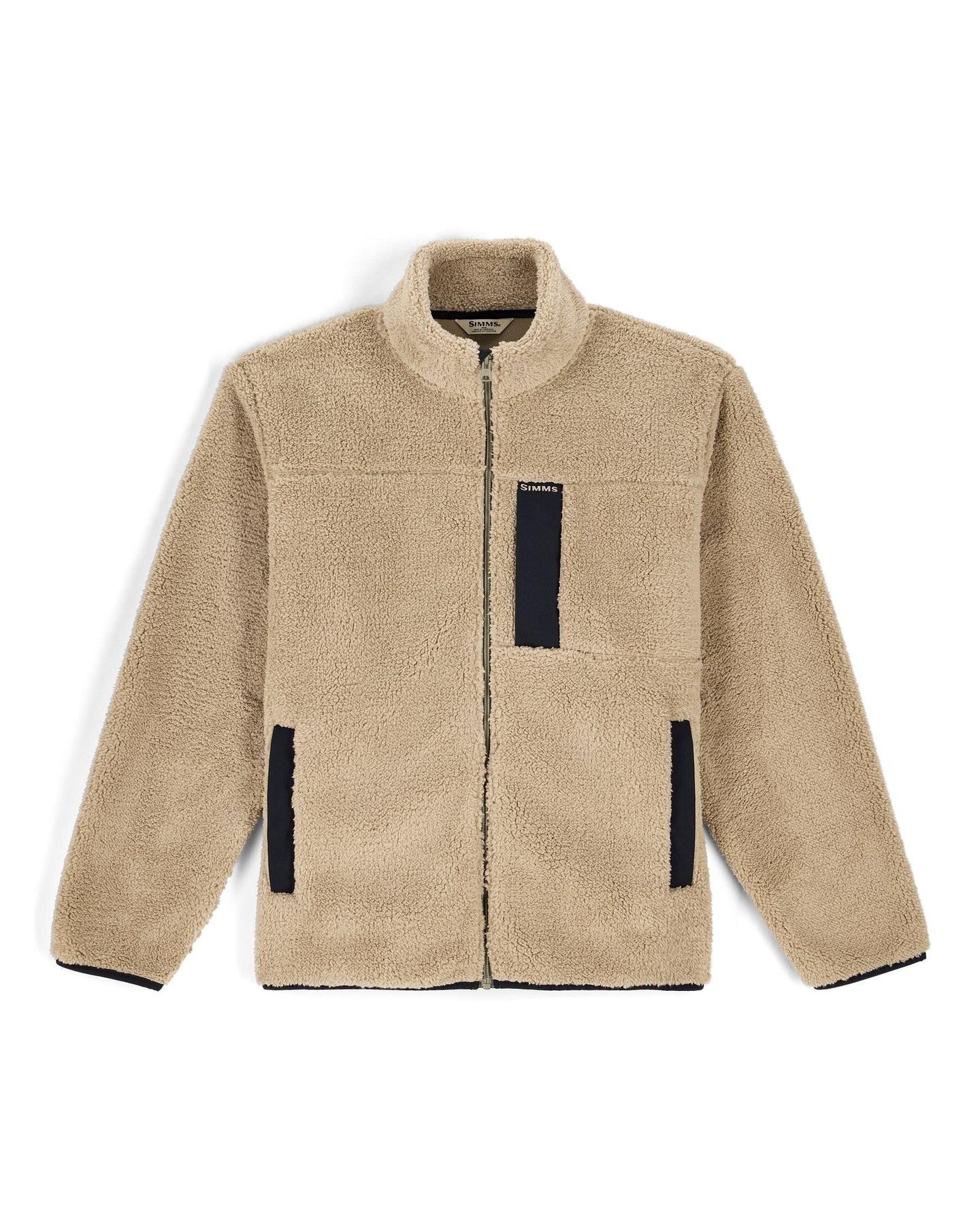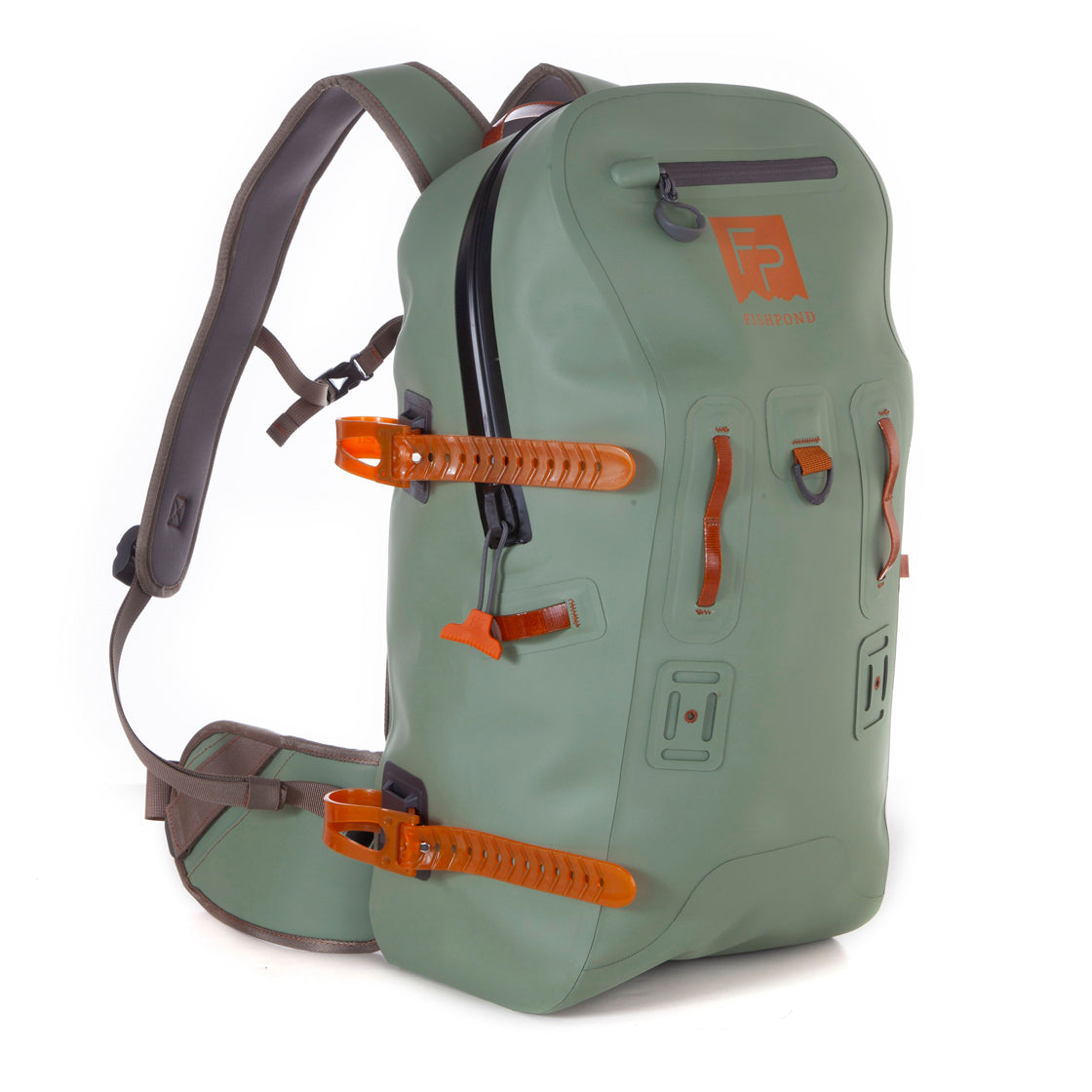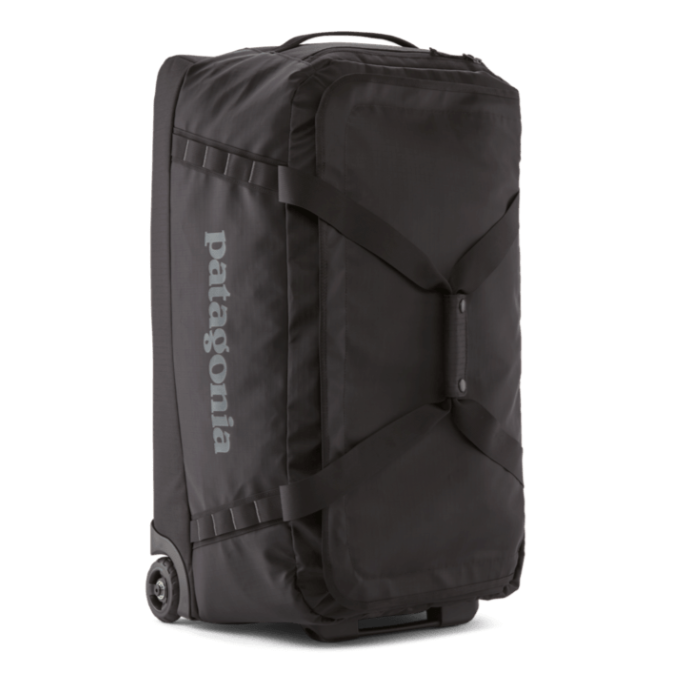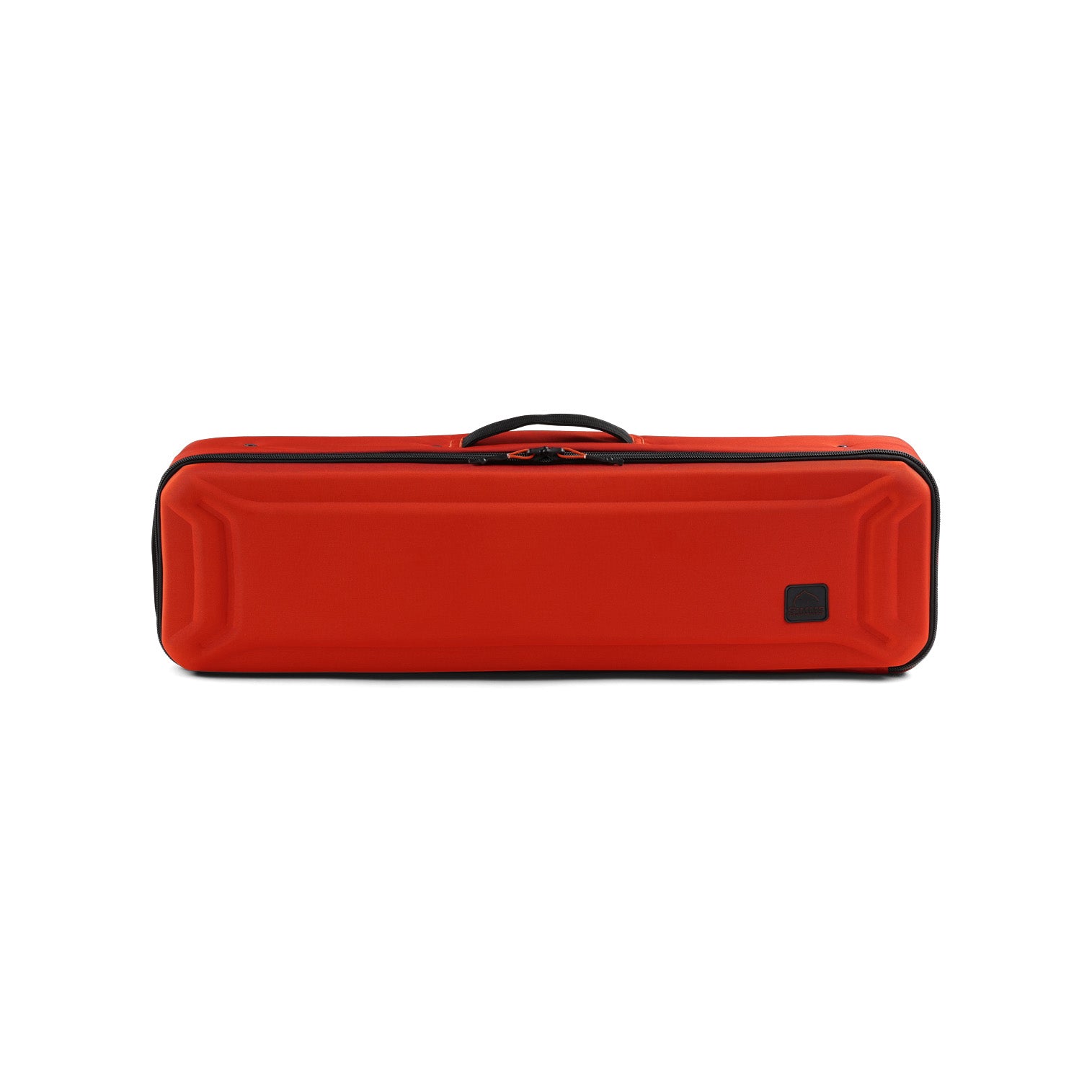Welcome to our complete guide to fly fishing the surf in California — from the San Francisco Bay to Monterey and beyond. If you’ve ever stood on the sand and thought, “I wonder what’s swimming right there,” this is your invitation to find out.
Welcome to our complete guide to fly fishing the surf in California — from the San Francisco Bay to Monterey and beyond. If you’ve ever stood on the sand and thought, “I wonder what’s swimming right there,” this is your invitation to find out.
The best way to learn? Join one of our seasonal Surf Fly Fishing Clinics. We’ll walk you through gear, tides, techniques, and reading the water — everything you need to get dialed.
Or just stop by the shop or give us a call: (415) 483-2278.

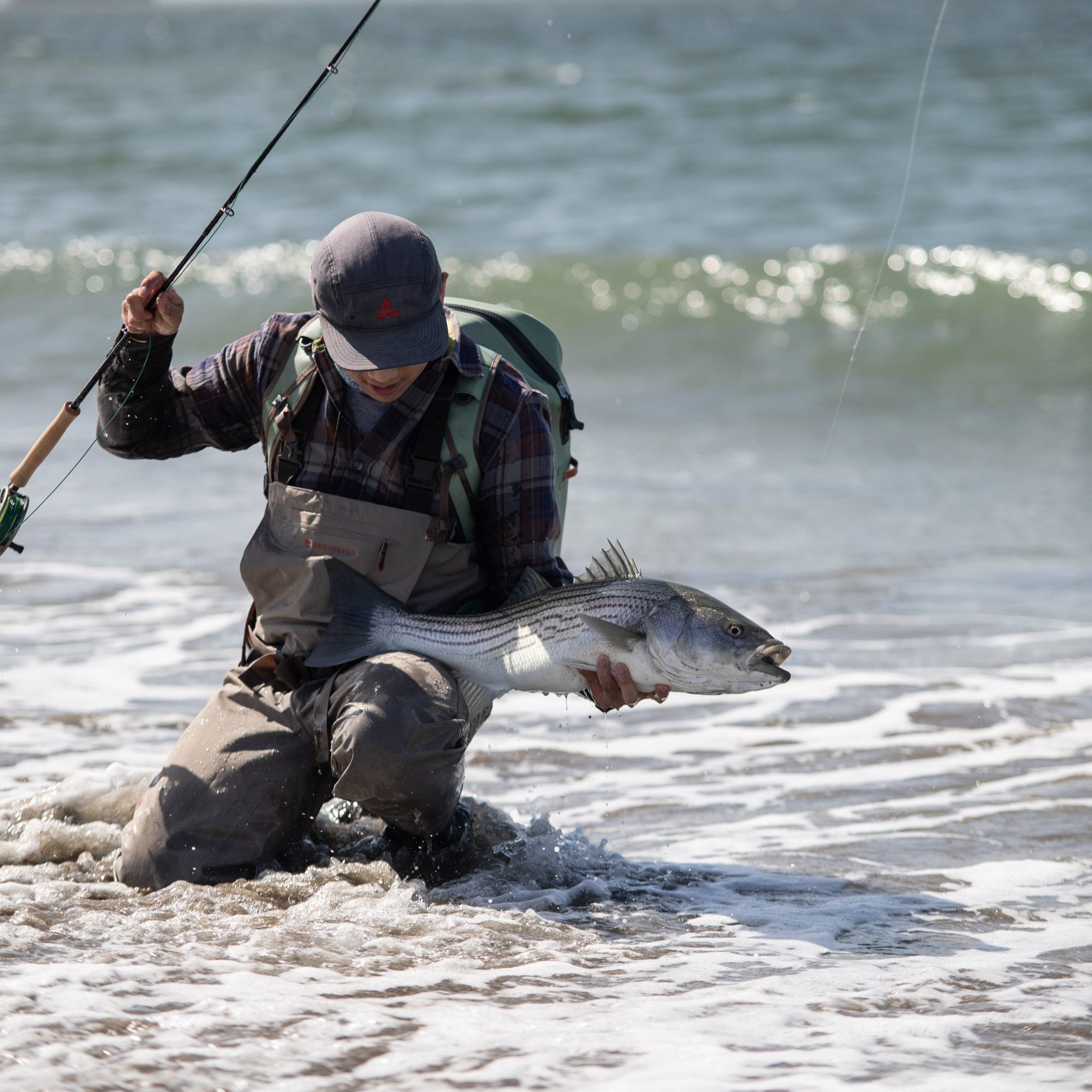
Learn the Rhythms of the Ocean
You’ve probably heard the siren song of the surf — terns squawking, waves crashing, that salt-spray energy that makes every angler wonder, “What can I catch out there?”
For the curious fly fisher, California’s beaches hold endless possibilities. No two tides or casts are the same, and that unpredictability is what makes surf fishing so addictive. The cool mist, the shifting current, the limitless water—it’s a world that humbles and rewards in equal measure.
Fishing from the beach has become an obsession that captivates me the way trout streams once did. But I learned quickly:
“One does not conquer the ocean; one learns its rhythms—and dances with it.”

The Checklist
Fly Rod for Surf Fishing- we have turned peoples 5 & 6wt trout rods into light striper and surf perch rigs. It can be done, but its far from Ideal. 9'6" fast 6wt makes a great saltwater rig for the lighter species. We must say that 7,8, and 9 wts are best for targeting striped bass. If you find yourself fishing the surf a lot consider a two hander for more efficient casting and less fatigue. In our surf clinics we find that beginners can even effectively fish the surf.
Reel- you will need a reel to match and balance with the rod. We have seen the surf eat many reels so have a pretty good handle on whats is going to last out there.
Line- You will want a sinking line. This get's complicated fast so check out out guide to Surf Fishing Fly Lines.
Tippet- 20-25lb tippet is about perfect for fishing the bay area.
Stripping basket- This is a must have. If you don't have it line will tangle all around your feet and you will end up in a mess.
Flies- A selection of weighted and unweighted striper Flies and Surf perch flies
Getting into non-essentials, but nice to have.
Waterproof pack- Salt is tough on everything which is why we love simms new dry creek hip packs. No zipper teeth to rust out.
Fly Comb- Bait fish patterns get all tangled up and the comb helps get all the fibers swimming good again.
Clothing- For a shirt I like a sun hoody with a pocket and usually am wearing a light puffy jacket as it's usually a bit chilly on CA coast. For the bottom half of my body I wear shorts and wool long johns underneath. I find barefoot is the way to go for sandy beaches and will wear Simms flats sneakers when it gets rocky.
Fly Box- I have boat box I keep all my flies in but usually just through a few in a ziplock bag.
Surf Gear
We've put together extensive collections of all the gear you'll need for year-round surf fishing.
What Can I Catch?
One of the best parts of surf fly fishing is that a fish-of-a-lifetime can happen on any cast. Run into a school of Chinook chasing surf smelt once, and you’ll never hit snooze on a 4:30 a.m. tide again.

Striped Bass
Brought from the East Coast Striper are the premier game fish in our local waters. The hope of getting on of the big ones keeps us coming back day after day and year after year.

Halibut
Pacific Halibut are large usually black or brown with two eyes on one side of their heads. Halibut are visual ambush predators, going after baitfish, crabs that they spot from the bottom.
Surf Perch
The most common surfperch species in the San Francisco Bay Area are Barred Surfperch, Walleye Surfperch, and Red Tail Surfperch. They are a ton of fun to target on our beaches.
Leopard Sharks
Fly fishing for leopard sharks? What else is there to say. They are plentiful along the coast. They are very scent oriented and are tough to catch using pure fly techniques.
Surf Fishing Locations in The Bay Area

Understanding Shooting Heads
Shooting heads are very short fly lines, 25' to 35' in length, designed to be cast, or "shot," the greatest distances using fast action fly rods with minimal false casting and minimal backcast room. The shooting head is attached, usually by a loop-to-loop connection for a quick, convenient exchange, to a thin running line that has minimal surface contact with the fly rod guides, thus achieving the long distance casts. When considering the geometric taper of a shooting head, think "cannonball at the end of a string." Shooting heads are also usually designed to sink, and a selection of various densities allow the angler, with one reel and spool, to fish a variety of water depths and water speeds. Shooting head systems are often used by steelhead and salmon anglers, with either single-handed and spey rods. If you want to learn more about steelhead and spey line systems click here. Lake, fly anglers as well as striper fly fishers will also benefit from casting a shooting head system. Shad anglers and surf anglers The only con of the interchangeable shooting head system is the loop to loop connection between the running line and the head can take some getting used to. When the connection is set up properly it goes through without much trouble.
How to Cast
Shooting-head systems have two essential elements: the casting head (shooting head) and the running/shooting line. Unlike other weight-forward lines, both parts can be individually customized (which makes switching from bay to beach so easy). It is this flexibility that makes the shooting-head setup so versatile.
A couple of things to know about shooting heads/ Sinking lines
1) Get the line to the surface: You will need to get the head to the surface before you can pick it up. We typically do this by roll casting the head to the surface. First you will want to make sure the head is just inside the tip so your roll cast has maximum effect. When you make your roll cast we like to shoot the head out so that about 3ft of running line is outside the tip. This will ensure that when you begin to haul the knot is not pulled inside the tip of the rod. The amount of running line outside the tip is called over hang.
2) Overhang: This term refers to the amount of shooting line (not shooting head) outside the top guide during false casting. For normal fishing distances, use only enough overhang to permit double-hauling without repeatedly pulling the splice between head and shooting line through the guides. 3-5 feet of the overhang is about right. The better at casting you get, the more you can increase the overhang to allow for greater distances. In the beginning keep it small and your life will be easier.
3) Timing is everything - After you you've made your roll cast, you will want to pick up the line immediately, before it sinks. Ideally you want to make one back cast, wait for the head to unfurl and when it is perfectly straight you will want to haul (if using a single hander) forward and release the line precisely after you stop the rod on your forward cast. If you've done it right the line will shoot our and take the running line with it.
4) trajectory - If you aim your cast upward it will have more time to shoot and allow for longer casts.

Understanding Shooting Heads
Shooting heads are very short fly lines, 25' to 35' in length, designed to be cast, or "shot," the greatest distances using fast action fly rods with minimal false casting and minimal backcast room. The shooting head is attached, usually by a loop-to-loop connection for a quick, convenient exchange, to a thin running line that has minimal surface contact with the fly rod guides, thus achieving the long distance casts. When considering the geometric taper of a shooting head, think "cannonball at the end of a string." Shooting heads are also usually designed to sink, and a selection of various densities allow the angler, with one reel and spool, to fish a variety of water depths and water speeds. Shooting head systems are often used by steelhead and salmon anglers, with either single-handed and spey rods. If you want to learn more about steelhead and spey line systems click here. Lake, fly anglers as well as striper fly fishers will also benefit from casting a shooting head system. Shad anglers and surf anglers The only con of the interchangeable shooting head system is the loop to loop connection between the running line and the head can take some getting used to. When the connection is set up properly it goes through without much trouble.
How to Cast
Shooting-head systems have two essential elements: the casting head (shooting head) and the running/shooting line. Unlike other weight-forward lines, both parts can be individually customized (which makes switching from bay to beach so easy). It is this flexibility that makes the shooting-head setup so versatile.
A couple of things to know about shooting heads/ Sinking lines
1) Get the line to the surface: You will need to get the head to the surface before you can pick it up. We typically do this by roll casting the head to the surface. First you will want to make sure the head is just inside the tip so your roll cast has maximum effect. When you make your roll cast we like to shoot the head out so that about 3ft of running line is outside the tip. This will ensure that when you begin to haul the knot is not pulled inside the tip of the rod. The amount of running line outside the tip is called over hang.
2) Overhang: This term refers to the amount of shooting line (not shooting head) outside the top guide during false casting. For normal fishing distances, use only enough overhang to permit double-hauling without repeatedly pulling the splice between head and shooting line through the guides. 3-5 feet of the overhang is about right. The better at casting you get, the more you can increase the overhang to allow for greater distances. In the beginning keep it small and your life will be easier.
3) Timing is everything - After you you've made your roll cast, you will want to pick up the line immediately, before it sinks. Ideally you want to make one back cast, wait for the head to unfurl and when it is perfectly straight you will want to haul (if using a single hander) forward and release the line precisely after you stop the rod on your forward cast. If you've done it right the line will shoot our and take the running line with it.
4) trajectory - If you aim your cast upward it will have more time to shoot and allow for longer casts.
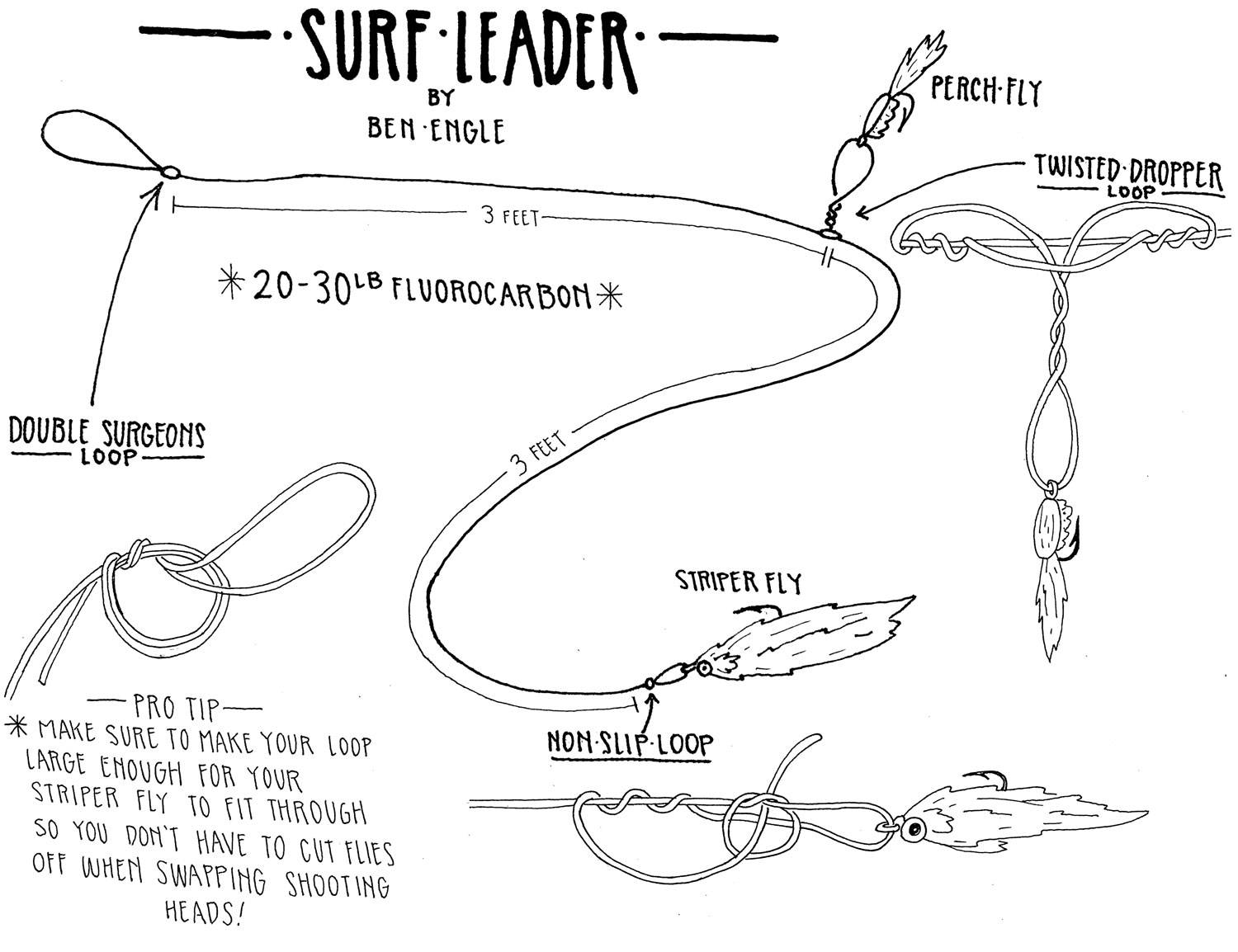
Fly Fishing Rigs for the Surf
Five feet of tippet, usually 20lb-25lb fluorocarbon.
A dropper loop 2 feet above the fly at the end of your leader (check out our video below on making a surf rig, which includes dropper loop instructions).
Baitfish pattern and a crustacean fly pattern on the dropper is a great combination for surf species.

Fly Fishing Rigs for the Surf
Five feet of tippet, usually 20lb-25lb fluorocarbon.
A dropper loop 2 feet above the fly at the end of your leader (check out our video below on making a surf rig, which includes dropper loop instructions).
Baitfish pattern and a crustacean fly pattern on the dropper is a great combination for surf species.

Surf Fishing Rigs Twisted Dropper Loop
Terminology & Advice
Welcome to the heart of the surf fly-fishing experience. At Lost Coast Outfitters, we believe that mastering the terminology and embracing the right advice are just as important as building your fly-fishing skills. Whether you’re stepping onto the beach for your first cast or you’re honing your technique after years on the water, this section is your compass for understanding the gear, reading the tide, and decoding surfside cues. Let’s dive in—so you can feel confident, prepared, and connected to everything the coast throws your way.
Keep Moving
If you feel like you fished a piece of structure well, keep moving there are likely no fish there.
Time of Day
We tend to have the best luck morning and evening when the light is low and the wind is down. That doesn't mean you won't find other times of the day, but we sure do love that early morning/evening sesh.
Take Notes
If you record date, time, tide, weather, and location you will start to notice patterns as you input data.
Tides
One of the biggest questions we get in the shop is what tide should I fish. The truth is the answer is different for everyone. We say go when you have the time. Fish always surprise us. The joke is when the folks who like high tide are done fishing the folks who like low tide are just showing up.
Stripping Baskets
Stripping baskets are an essential piece of surf equipment. If I leave mine behind I rather watch than battle the line getting tangled up.
Recon the Fish Areas During Low Tide
A reconnaissance mission is a great way to improve your success when surf fishing. Use low tide to check out your fishing area for dips, hollows, sandbanks, structures, etc. to get an idea where fish might be feeding or hiding when the tide comes back in.
Use Technology to Your Advantage
Check out surf webcams and apps to see the condition of the swell before deciding what beach you are going to. Surfline is a great resource.
Read the Water
Look for any visible change in the way the water moves or jiggles. if something looks our of place fish it.
Rip Currents
Another area that fish use to ambush their prey. The rip sucks bait into its current – the fish wait for the bait to come to them.
Busting Bait
Sometimes if you look closely you can find bait busting on the surface. This is caused by stripers pushing bait out of the water.
Birds
Like busting bait birds can be a good sign that fish are pushing baitfish around. Seagulls and pelicans crashing the surface can be an excellent sign, but shore birds can tell you where all the sand crabs are and egrets on the bank can tell you that striper are pushing bait against the bank.
Channels
Look for visible depth change.
